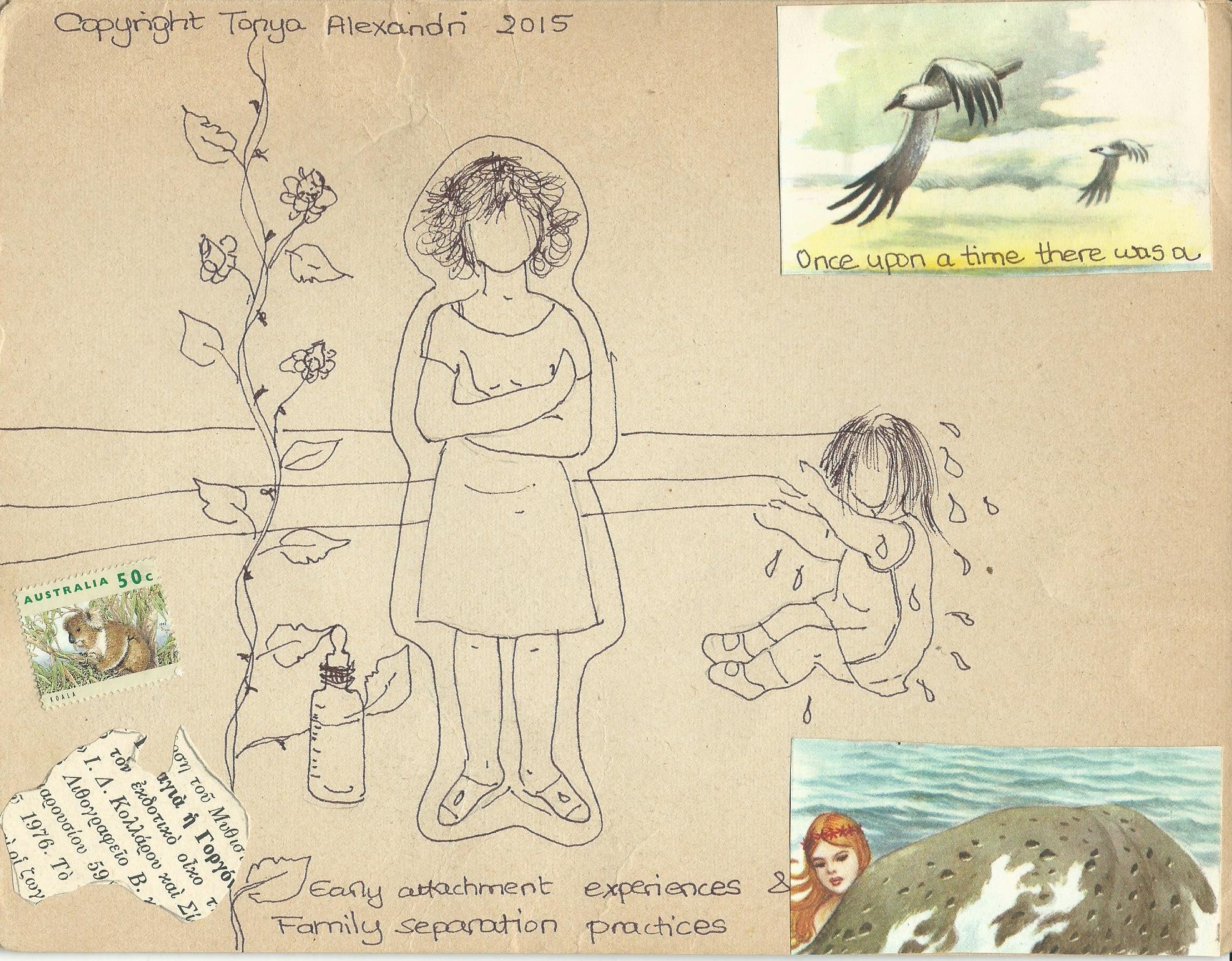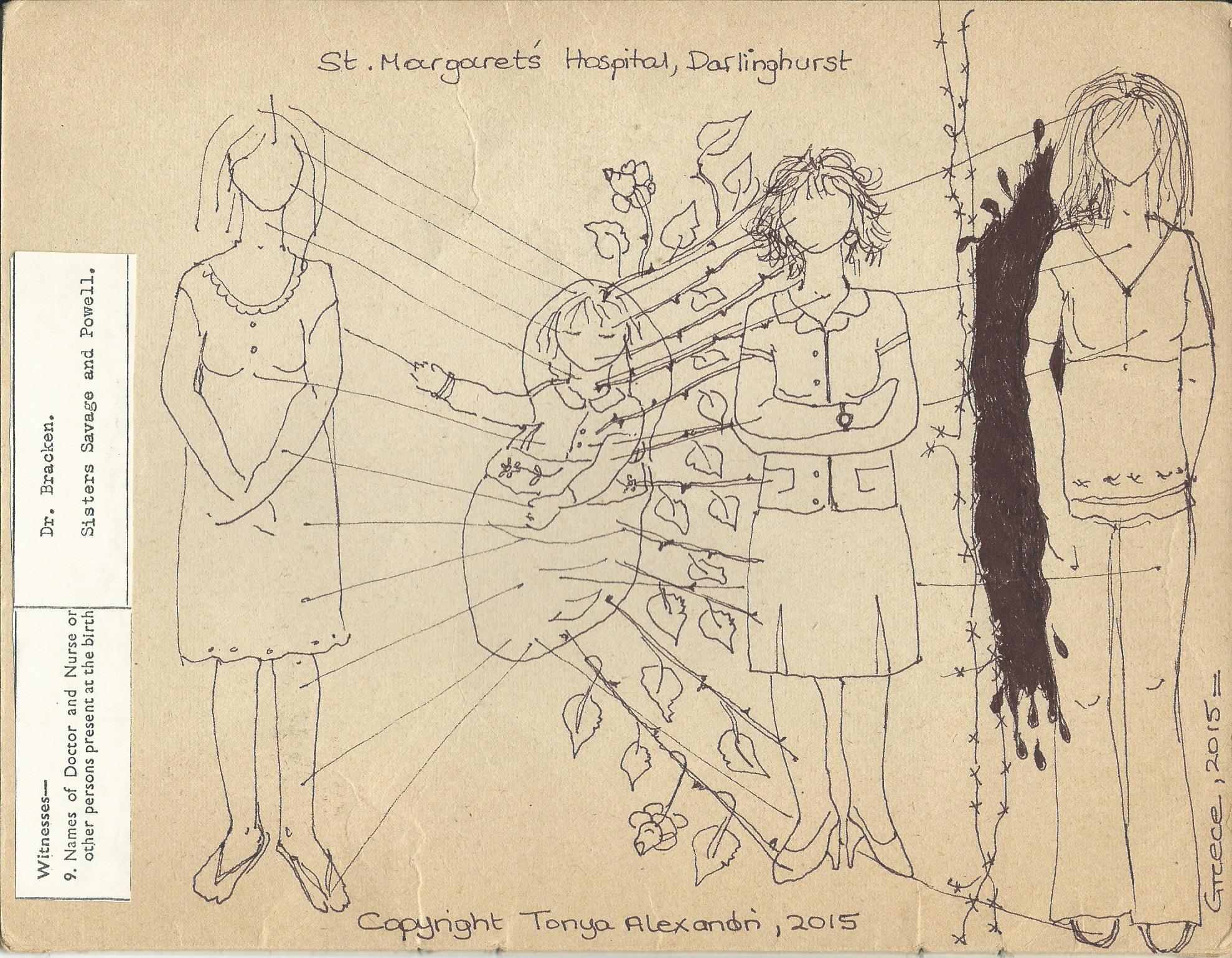Early attachment experiences and breathing
Extracts from Touching: the Human Significance of the Skin (third edition) by Ashley Montagu in 1986
‘There is a high incidence of asthma among persons who as young children were separated from their mothers. Putting one’s arm around an asthmatic while he is having an attack may abort or alleviate it. Margaret Ribble has pointed out the importance of tactile experience in breathing’ (p. 112)
‘…. it has already been pointed out that immediately following upon exposure to atmospheric air, the newborn’s previously unexpanded lungs fill with air and the various changes in pressure which occur at the moment of birth help to initiate the postnatal type of respiratory movements that continue throughout the life of the person. The need to breathe is so compelling that a three-minute denial of it is often sufficient to cause death. The urge to breathe is the most imperative of all man’s basic urges, and the most automatic. The process of learning to breathe is an anxious one. Every breath we take, even as adults, is preceded by a faint phobic stir. Under conditions of stress many persons go into labored breathing reminiscent of breathing at birth. Under such conditions the person often regresses to fetalized activities and assumes fetal positions. In fear or anxiety one of the first functions to be affected is breathing. Yet, in spite of its automaticity, breathing or respiration is under voluntary control and under conscious control for shorts periods of time, as any person who has ever taken singing lessons knows, and for very durable periods of time, as every yogi knows. This control is actually exerted during the ordinary activities of everyday life, such as speaking, swallowing, laughing, blowing, coughing and sucking. Breathing indeed, is not simply a physiological process, but a part of the way in which an organism behaves. That many of the elements of breathing are learned is evident from the fact that there are significant class differences in the manner of breathing’ (p. 114)
‘At birth the infant is a prenatal breather and must adapt himself to the pressures of an atmospheric environment, a process which the mother is designed to assist. The evidence strongly suggests that should she fail to do so the infant will not in many cases learn to breathe properly, and so will remain a shallow breather’ (p. 156)


